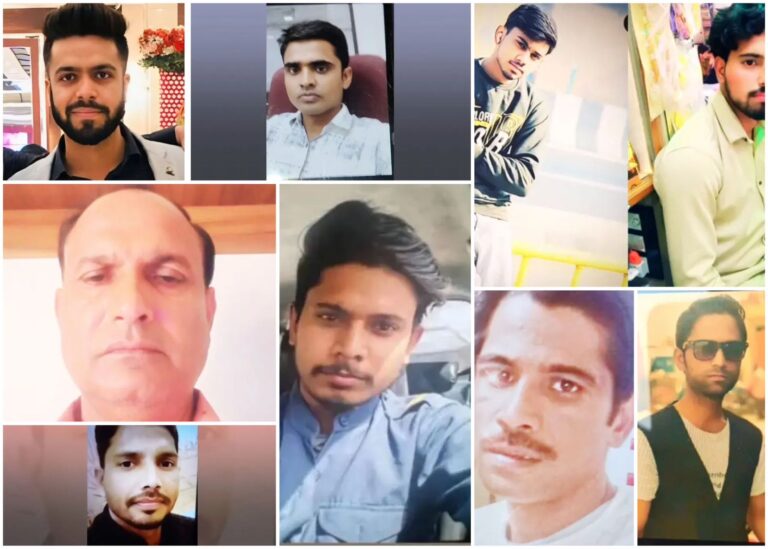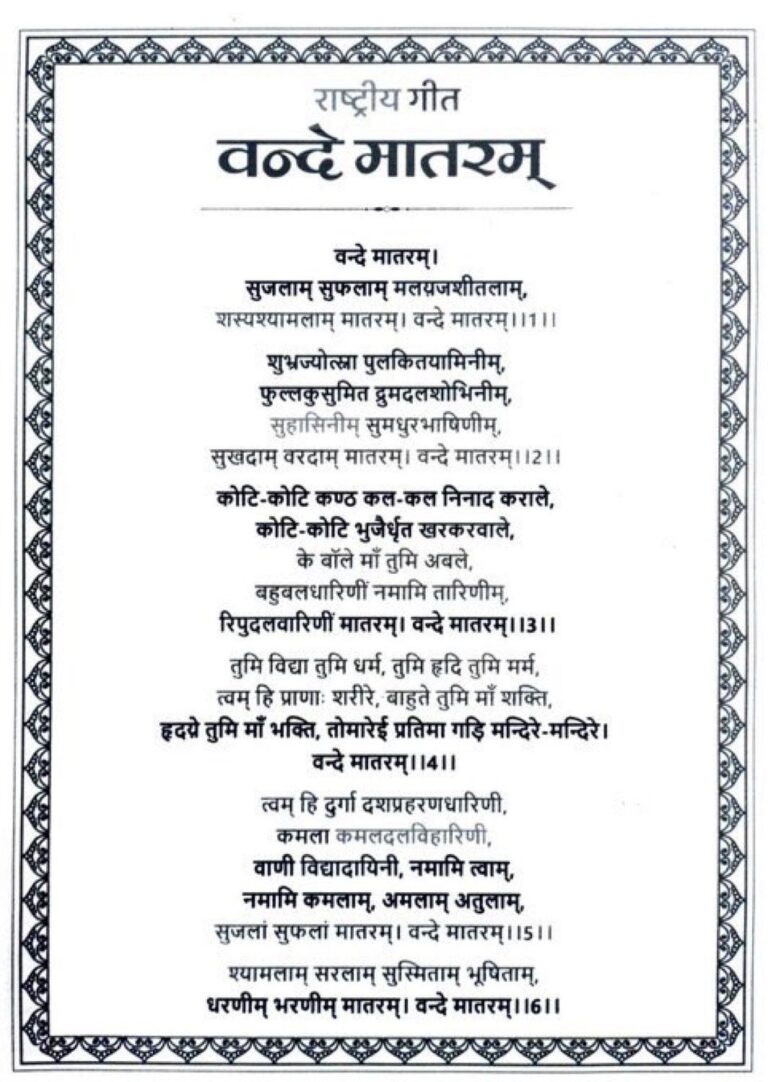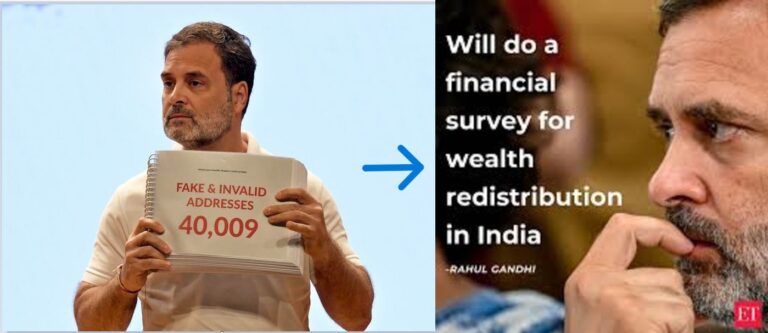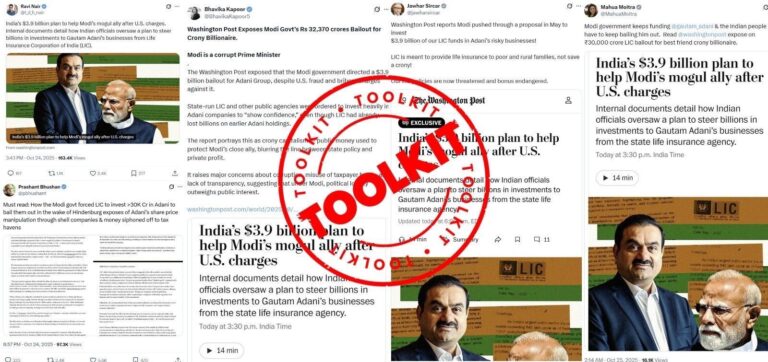Correcting the Narrative: Why Revising NCERT Textbooks to Reflect Mughal Brutalities is a Step Toward Historical Truth
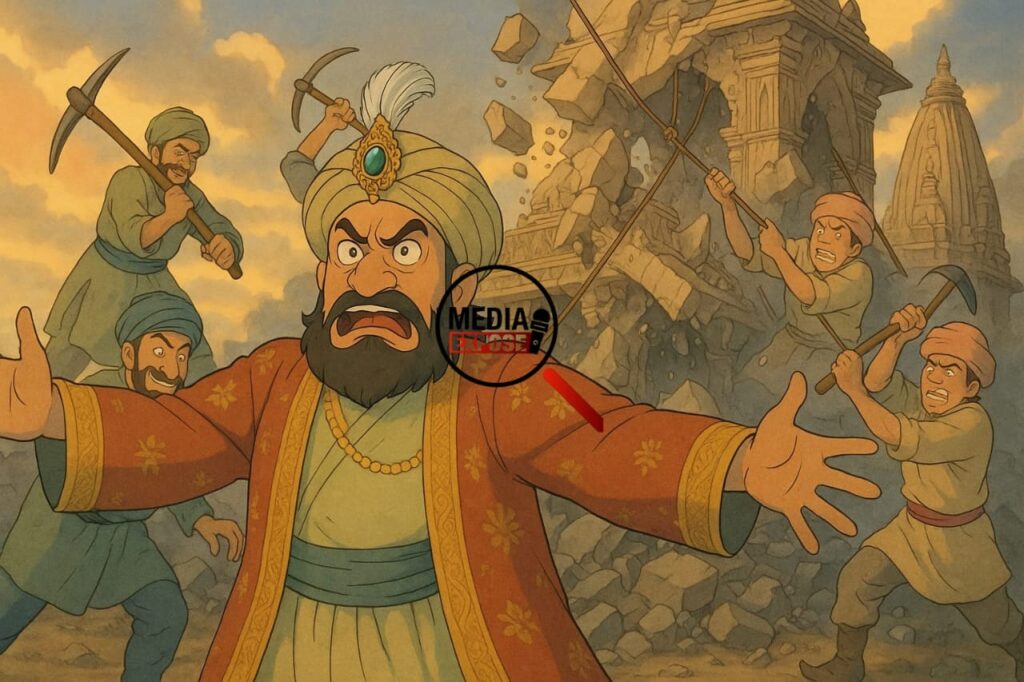
Introduction
Aurangzeb’s demolition of the Kashi Vishwanath temple, reimposition of the jizya tax on Hindus, and his persecution of Sikhs are all recorded in Mughal chronicles—yet for decades, Indian students were taught that he was a “just and pious ruler.” Such contradictions in India’s historical education have sparked renewed debates following NCERT’s recent revisions to Class 7 and 8 history textbooks, which now depict the Mughals as “invaders” and highlight the brutality of their rule.
Predictably, these changes have triggered a wave of outrage from liberal media platforms, which have branded them as “saffronisation” and “historical distortion.” But beneath this criticism lies a deeper ideological discomfort: the liberal establishment’s refusal to confront uncomfortable truths about medieval India and its long-standing investment in a curated, often glorified, narrative of Islamic rule. In truth, these textbook revisions are not an act of erasure, but a long-overdue correction grounded in documented history, public sentiment, and national self-respect.
Why Liberal Media Opposes NCERT Revisions
.
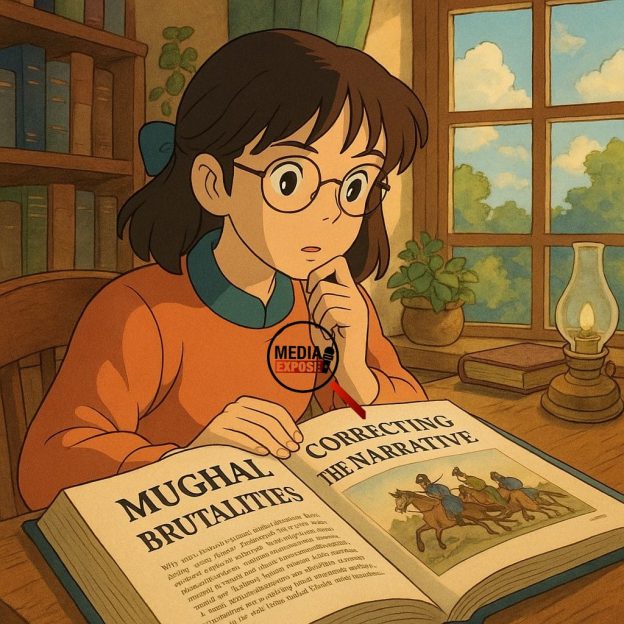
.
1. Ideological Commitment to Secular Syncretism
The liberal media has long championed the notion of India’s “composite culture”—a blend of Hindu and Muslim traditions where emperors like Akbar are portrayed as visionaries of secular harmony. Outlets like The Wire and India Today have framed the NCERT revisions as communal provocations, suggesting that portraying Mughals as invaders would deepen religious divisions. However, this argument often bypasses historical truth.
Figures like Ruchika Sharma, appearing on mainstream media, assert that the textbooks are “factually incorrect,” despite extensive Mughal-era documentation—such as Baburnama and Maasir-i-Alamgiri—detailing mass killings, temple destruction, and forced conversions. The media’s resistance, therefore, stems not from a commitment to factual accuracy but from an ideological fear: that exposing Mughal atrocities may validate a Hindu nationalist worldview they are sworn to resist.
2. Protection of Leftist Historiography
For decades, India’s historical narrative has been shaped by Marxist scholars like Romila Thapar and Irfan Habib, whose approach largely emphasized Mughal contributions—administration, architecture, language—while downplaying the violence and religious bigotry that accompanied their rule.
The liberal media has invested in defending this school of thought, treating it as the intellectual firewall against “saffronisation.” Any attempt to revise or rebalance this narrative is thus dismissed as political maneuvering, regardless of the underlying evidence. As former NCERT directors themselves admit, the earlier curriculum disproportionately glorified Mughals while marginalizing dynasties like the Guptas, Cholas, or Mauryas.
3. Anxiety Over Hindu Identity Assertion
Highlighting Mughal atrocities risks empowering a nationalistic Hindu identity—something the liberal ecosystem instinctively associates with BJP or RSS. As a result, even academic corrections are resisted if they seem to coincide with nationalist sentiment.
But this fear has led to the suppression of legitimate historical discourse. By sanitizing medieval Islamic rule, liberal media seeks to uphold a secularism that paradoxically demands historical amnesia from India’s Hindu majority.
4. Cultural Capital and Global Liberalism
Media houses like NDTV and Scroll thrive on a global audience attuned to liberal, cosmopolitan narratives. Highlighting Mughal brutality threatens this image, as it runs the risk of being labeled “intolerant” or “majoritarian.” In contrast, celebrating the Taj Mahal, Urdu poetry, or Mughlai cuisine fits neatly into a narrative of multicultural elegance palatable to both domestic liberals and international progressives.
.
Historical Evidence Supporting the Revisions
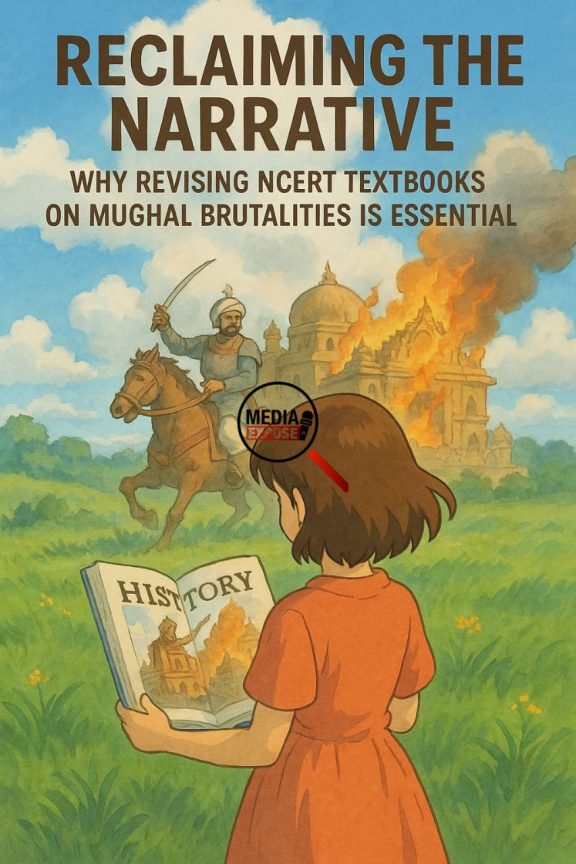
.
1. Mughal Brutality is Documented by Their Own Chroniclers
Primary sources like the Baburnama describe the slaughter of Hindus with pride. Babur boasted of building towers of Hindu skulls after battles. Aurangzeb’s own records mention the destruction of temples in Kashi, Mathura, and Somnath. He ordered the beheading of Sikh Guru Tegh Bahadur for refusing to convert. These are not fabrications—they are facts written by Mughal scribes themselves.
The imposition of jizya, destruction of temples, forced conversions, and desecration of sacred sites are well-recorded. Yet these brutalities were either glossed over or outright ignored in school textbooks for decades.
2. An Imbalanced Curriculum
Until recently, NCERT textbooks mentioned Akbar over 90 times, Shah Jahan and Aurangzeb 30 times each, while major Hindu dynasties and figures like Rani Durgavati, Ahilyabai Holkar, or Chhatrapati Shivaji received minimal attention. Indian students were taught more about Babur than about the Cholas, more about Humayun than about Maharana Pratap.
This skewed focus failed to recognize the cultural, military, and administrative legacies of India’s native rulers and resistance movements—thereby erasing India’s resilience and agency.
3. Discrediting the Aryan Invasion Theory Paradox
The same liberal ecosystem that clings to the glorified Mughal narrative also supported the now-discredited Aryan Invasion Theory—a colonial construct that sought to undermine India’s indigenous civilizational continuity. Modern archaeology and genetics have debunked that myth, just as they now debunk the whitewashing of Mughal rule. Yet ideological inertia prevents liberal commentators from adapting to these shifts.
4. Reclaiming Indigenous Resistance
The revised NCERT content now acknowledges unsung heroes like Rani Durgavati, the Ahoms of Assam, and Chhatrapati Shivaji—figures who resisted Islamic invasions and defended native culture. Their exclusion from mainstream history not only suppressed national pride but also denied India’s students the full picture of their own heritage.
Why These Revisions Are Necessary
1. For Historical Accuracy
Correcting history is not communal—it is responsible. The revised textbooks do not erase the Mughals; they simply offer a more complete account, acknowledging both their contributions and their crimes. They replace political curation with primary-source verification.
2. To Foster National Pride
A generation that knows only about Taj Mahal and Urdu couplets, but nothing of Shivaji’s guerrilla tactics or Ahilyabai’s social reforms, grows up disconnected from its own roots. Restoring balance in historical narratives helps students develop a confident and grounded national identity.
3. To Align with NEP 2020 Goals
The National Education Policy (NEP) 2020 aims to lighten academic load and promote Indian ethos. Revisions like removing repetitive Mughal content from Classes 7 to 12 serve both purposes—streamlining education while expanding its relevance. Claims of “erasure” are false. Mughals are still taught—just not worshipped.
4. To Break Intellectual Monopoly
The revision ends decades of ideological monopoly by a handful of left-leaning historians. History is not meant to be guarded like a political fiefdom; it must evolve with evidence and integrity. The revisions encourage plural perspectives and invite debate—hallmarks of a mature democracy.
5. To Reflect Public Sentiment
Social media trends like #ReclaimHistory and #DeGreenwashingHistory reflect a groundswell of public opinion demanding factual and fair history. By ignoring this, liberal media isolates itself from a society seeking cultural clarity and historical justice.
Responding to Liberal Media Criticism
“Saffronisation” is a Red Herring
If primary sources, temple ruins, and Mughal-era records confirm acts of brutality, then calling it “saffronisation” is not a rebuttal—it’s an evasion. Historical truth cannot be color-coded.
Moreover, NCERT has clearly stated that the revisions are not to vilify any group, even adding disclaimers like: “No one should be held responsible today for events of the past.” This nuance is entirely absent in the media’s portrayal.
Mughals Are Not Erased—They’re Balanced
Mughal history still exists in the curriculum. What’s removed are the excessive glorifications and redundant chapters. Critics ignore that the revisions also enrich content by adding Mahakumbh, Indian knowledge systems, and lesser-known regional histories.
Balanced Perspectives Are Not New
Even icons revered by the left—like Swami Vivekananda—acknowledged Mughal contributions while condemning their intolerance. The revisions echo such balanced thinking, not blind ideology.
Broader Implications for India’s Educational Future
1. Educating, Not Indoctrinating
A fact-based curriculum empowers students to critically engage with history, rather than consume politically-filtered versions. Balanced history promotes inquiry, not intolerance.
2. Reclaiming Civilizational Agency
The earlier narrative framed Indian history as a sequence of invasions—Aryans, Mughals, British—leaving little space for indigenous glory. These revisions reclaim that space, highlighting India’s resilience, intellect, and continuity.
3. Joining the Global Trend
Nations like Japan and Israel teach their students about invasions and wars from their perspective—why should India be apologetic for doing the same? Revising history to reflect national pride is not regressive—it’s global best practice.
In End….
The liberal media’s fierce resistance to NCERT’s textbook revisions is less about facts and more about ideological preservation. But India cannot afford to let the ghosts of intellectual dogma dictate what its children learn.
Correcting the glorification of Mughal invaders is not communal—it’s courageous. It is a step toward reclaiming a history that honors resistance, resilience, and truth. Let Indian students learn about both the grandeur and the gore—because real history is complex, and India’s children deserve the whole story.
It is time our textbooks told the truth—not just tales.
Author : Sandeep Gandotra, is a serial entrepreneur, startup founder, social media influencer and political analyst with 25 years of overall experience. Tweets at Sandeep Gandotra




